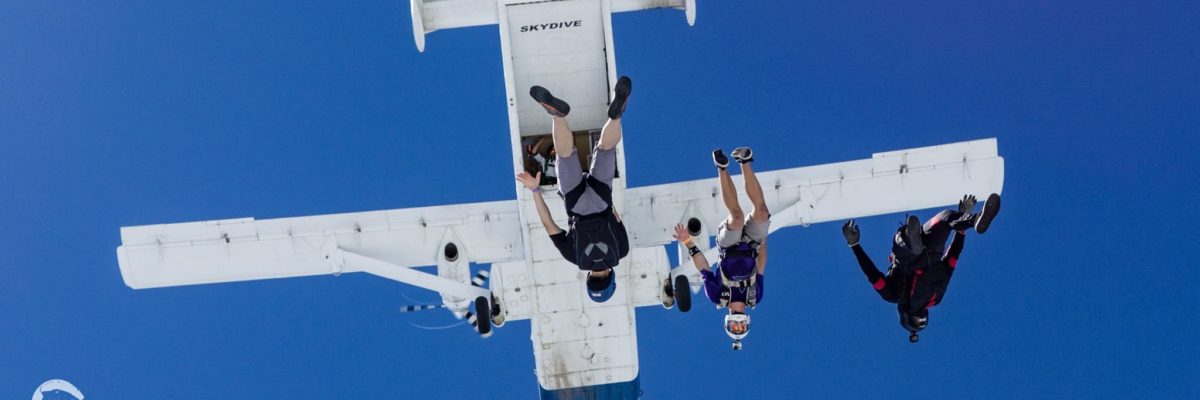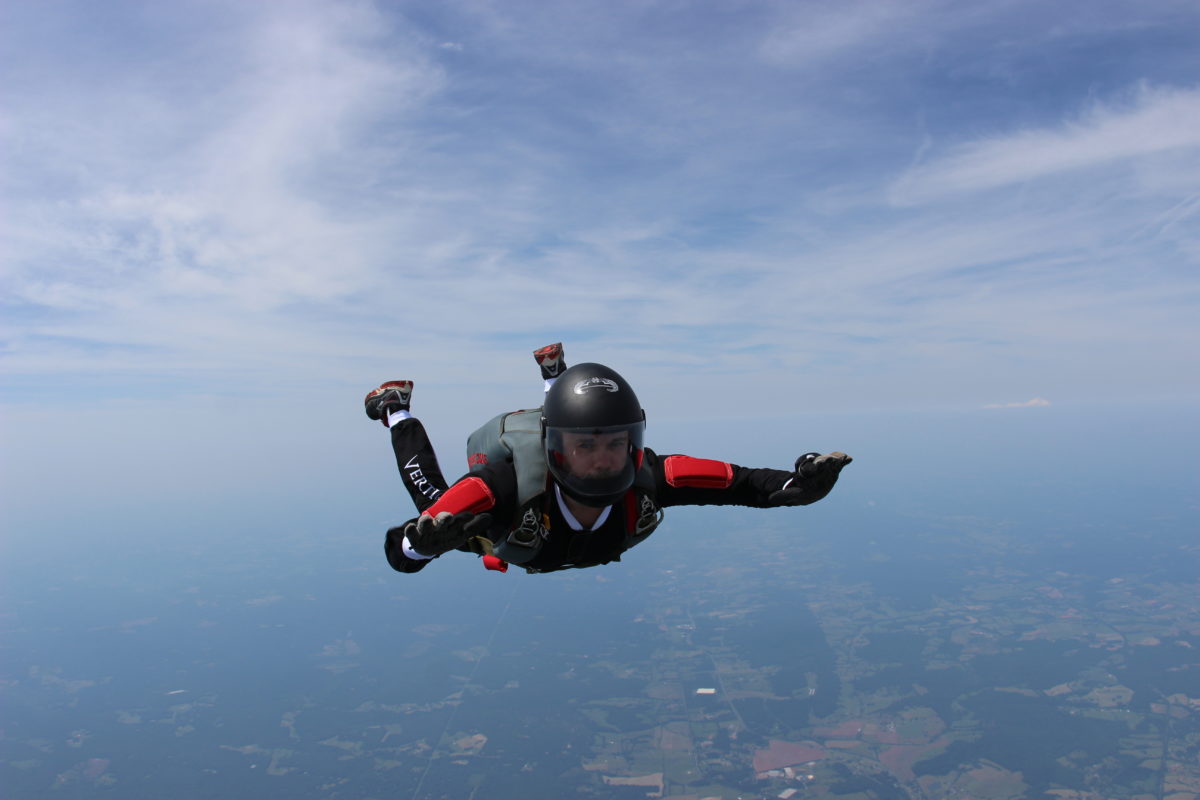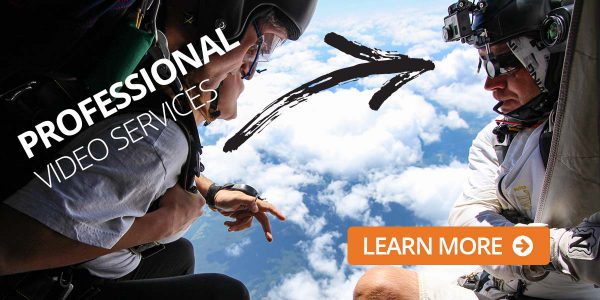
All About High Altitude Jumps
Monday, August 29, 2022
- Skydive Orange
- 8/29/22
- 0
- General
Skydiving exit altitudes for most drop zones in the United States usually range anywhere from 8,000 ft to 14,000 ft, with the average skydiving height being 10,000 ft.
The skydiving altitude is determined by the type of aircraft being used, the ground elevation based on where the dropzone is located, and/or a determination made by Federal Aviation Administration (FAA) flight restrictions. The most frequent determining factor behind exit altitude is how high skydiving planes go. Most dropzones use a Cessna-182 aircraft because they’re relatively inexpensive to operate and have impressive stamina – making the 182 the beloved workhorse of our industry. Though small and mighty, the 182 is not mighty enough to go higher than 10,000 ft.
At Skydive Orange, we fly a Twin Otter. This aircraft is a large turbine aircraft that can seat up to 22 jumpers. Not only can we accommodate more happy jumpers with our Otter, but we can also achieve a higher altitude of 14,000 ft – and quickly! More altitude and more room for friends? Yes, please!

What’s a HALO Skydive?
We’re not talkin’ about angel halos here! “HALO” is an acronym for High Altitude, Low Opening.
Exactly how high is a halo jump? Well, technically anything above 15,000 ft is considered a high-altitude jump per the United States Parachute Association (USPA). There are additional requirements for certain levels of altitude above 15,000 ft and there are even jumps that can be performed above 40,000 ft!
Currently, the world record for the highest skydive is from an impressive 135,889 ft on October 24, 2014, by Google Executive, Alan Eustace.
HALO Skydiving Requirements
To perform a HALO, or high altitude jump, additional training and planning are necessary in preparation for several important considerations, including the risk of hypoxia. Hypoxia, or oxygen deficiency, is a concern that is accompanied by altitudes higher than 15,000 ft and can cause impaired judgment, or even unconsciousness and death. Luckily, hypoxia can be prevented with the use of supplemental oxygen.
Higher altitudes also mean colder temperatures, so HALO jumpers have to prepare for that too. A good rule of thumb is to say that for every 3,000 ft you go up in altitude, the temperature will drop about 10 degrees. Brrr!
Additional USPA Requirements for High Altitude Jumps
In compliance with the USPA, for altitudes of:
- 15,000 – 20,000 ft, the skydiver should hold a USPA B license or above and have logged at least 100 jumps
- 20,000 – 20,000 ft, the skydiver should hold a USPA C license and have at least one jump from 15,000 ft or below using the same functioning bailout oxygen system
- Above 40,000 ft, the skydiver should hold a USPA D license and have at least two jumps from below 35,000 ft using the same functioning bailout oxygen and pressure systems
Tandem students can jump from high altitudes only if the particular dropzone allows it.
Why Jump from High Altitudes?
HALO and HAHO (high altitude, high opening) jumps have been used by military special forces for decades as a way to sneak into hostile regions for military operations. But for civilians, jumping from higher altitudes means the jumper has an opportunity to experience the thrill of freefall a bit longer than you normally would jumping from the average skydiving height.
The normal exit altitude results in about one minute of freefall time give-or-take, whereas, a high altitude of 18,000 ft can add 20 seconds to your jump! It doesn’t sound like much but a lot can be accomplished in those 20 seconds. Accomplished? Yes, skydivers will use that time to pull off fantastical stunts like the infamous supersonic freefall by Felix Baumgartner and the high-altitude acrobatic skydiving video by the Red Bull Air Force team.
HALO jumps are also used to achieve big-way record-settings like the 400-way record set in 2006. Big skydives with hundreds of people need more time to come together – this particular 400-way jump needed 100 seconds of freefall. To achieve this amount of freefall, the exit altitude needed to be 25,400 ft!
Skydiving from any altitude is sure to give you a rush of a lifetime – especially if it is your first time skydiving! Come get sky high with us. Book your tandem from 14,000 ft with Northern Virginia’s largest, and most trusted tandem skydiving center – Skydive Orange! Blue skies!
The largest tandem skydiving center near Northern Virginia, Washington D.C. and Maryland.
Copyright © 2025, Skydive Orange, All Rights Reserved.
DropZone Web Design & Marketing by Beyond Marketing, LLC


